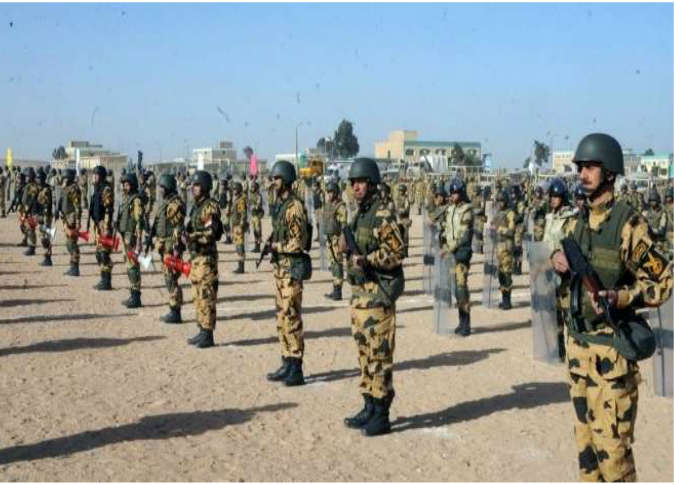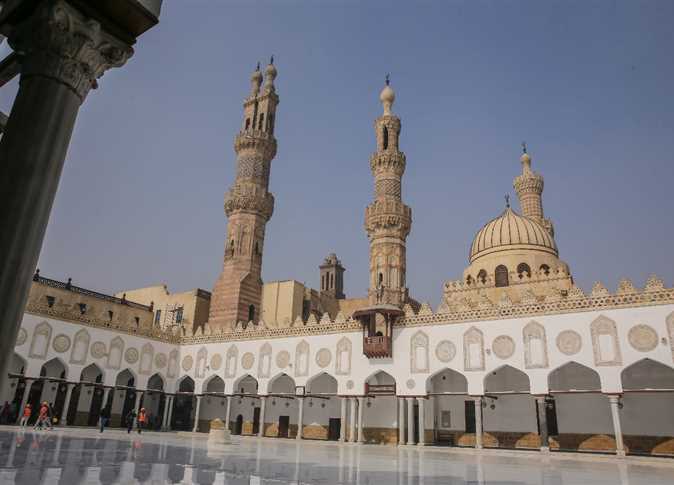
The appearance of brightly colored copies of the Quran in markets this Ramadan has caused a stir in religious circles, fueling an ongoing debate about the approprate colours for the Muslim holy book.
The sale of brightly colored Qurans has been growing in recent years, prompting Egyptian officials to weigh up the appropriate response, erring on the side of caution while they wait for an official ruling from Al-Azhar.
Last year, the Islamic Research Academy (IRA) decided to confiscate all copies of the Quran printed in bright colors, including red, purple and pink. Meanwhile, the Research, Authoring and Translation Administration urged the Art Censorship Authority to withdraw all copies from libraries until Al-Azhar issues a statement to the effect that brightly colored Qurans are permitted.
One senior source from Al-Azhar told Al-Watan recently that some traders had recently printed large numbers of brightly colored Qurans in order to make a quick profit at Ramadan, charging from LE150 to LE170 per copy. He said that at least one had been given permission by the Islamic Research Academy to print the normal Quran, but opted to change the colors in order to attract more buyers, particularly young people.
The source added that the IRA has warned publishing companies and libraries against printing or distributing any more, sticking instead to the designs and colors approved by the IRA. The body says the policy is aimed at respecting the sanctity and status of the text.
Speaking to Egypt Independent, the administrator of a Facebook page selling brightly colored Qurans said that their popularity is growing apace.
"People have been very interested in the colored Qurans since last year, and purchases have doubled this year," he said.
He gets his copies from a trader in Al-azhar Street, who usually sells them for LE45 or more. The prices are higher for those ordering online due to the added costs of delivery.
According to the Facebook trader, there are two varieties on offer at the market stalls: those with colorful covers and borders; and those with colorful pages.
One market seller told Egypt Independent, “The Quran is widely admired and it is bought in big numbers, especially by young ladies and those with spare money — because it’s expensive."
He said that the page borders are colored, with various chapters grouped together under the same colour, making these Qurans attractive to people who might not normally have bought a copy.
Scholarly support
Among those scholars who seem sympathetic to the colorful-Quran phenomenon is Bakr Zaki Dean of the Faculty tenets of Islam religion of Al-Azhar University.
“It is not forbidden to publish the verses on colored paper, especially since we have found various copies of the Quran on yellow colored paper, and the font was very clear, which helps people to comprehend the Quran well,” Zaki said.
He points out that the way the Quran is presented has evolved over time. In the time of the Prophet Mohamed, the verses were not punctuated and there were no diacritical marks, but they later emerged.
"It’s permissible to use colors to display the name of Allah or the Prophet Mohamed in the Quran, as the ancient scholars have authorized it, so long as it doesn't affect the text," Zaki said.
Mohamed Salem Abu Assy, the dean of post-graduate studies at Al-Azhar University, said that colored Qurans are not forbidden, so long as they encourage the reader to recite the Quran and be more interested in reading it.
“There is no relationship between the sacredness of the Quran and the color of the paper, so long as the verses are not twisted and the person is committed to the Islamic etiquette of reading the Quran," he said.
“The most important thing is to work with Qura,n rather than just reading it."
Abdel Fattah Abdel Ghani, former dean of tenets of Islam at Al-Azhar, also sees no problem with the use of bright colors, pointing to more historical precedents.
"There is no problem in the colored Quran, as it gives an aesthetic appearance, just like old copies of the Quran that were inscribed with gold and silver," said Abdel Ghani.
However, he points to one use of color that is problematic, namely the color-coding of certain chapters according to topics or sections. According to the scholar some sections are given the same colour because they contain, for example, descriptions of the qualities of the Prophet, and yet various verses in the same color-coded section relate to quite different topics.
Despite the apparent support of many at Al-Azhar, however, it seems brightly colored Qurans still face strong opposition in some quarters.
Mohamed al-Shahat, a member of the Islamic Research Academy, told the Huffington Post that the spread of colored Qurans is forbidden and can only undermine the reference that people feel for the holy book.
Echoing him, Mukhtar Marzouk, dean of the Faculty of Theology at Al-Azhar University in Assiut, said that the use of colors is an offense to Allah, disrespecting Islam and the sanctity of the Quran.




